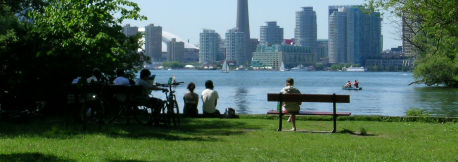
The most distinctive quality of the urban environment lies in its landscape. Each individual city has its own sense of character, unique infrastructure, and physical presence. As the urban setting becomes increasingly advanced, we are leaving behind our roots – the tree canopy coverage in the developed city is declining. At present, many of world’s greatest cities lack substantial plant life. This observation isn’t just aesthetic, it is harmful on many levels. An increase in tree canopy coverage may require some painstaking effort to succeed, but could have enormous benefit if it does. Incorporating trees into the urban environment would serve to reduce the amount of fossil fuels we burn and ease the damage of deforestation – the two main roots of climate change. Right now, homes and other buildings account for 30% of the greenhouse gas emissions in the North America. Design and sustainability, both significant community objectives, can’t be sacrificed for one another. They must work together.
The city doesn’t “breathe” as well as a forest, contributing large quantities of carbon to the atmosphere with few sources of absorption. The earth, in order to give warmth to support life, needs a reasonable amount of greenhouse gases. Carbon dioxide appears naturally in the atmosphere, exhaled by humans and involved in the photosynthesis of plants. Carbon is kept in check by a natural carbon cycle, a system which creates a balance between the carbon emitters (humans), and the carbon absorbers (plants). Oceans, land and air are all involved in the process.
Read More »Sustainable Design Starts with Trees
